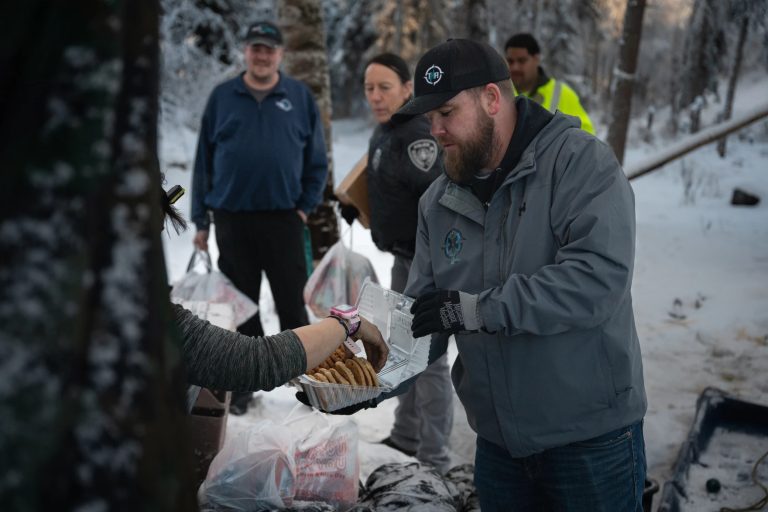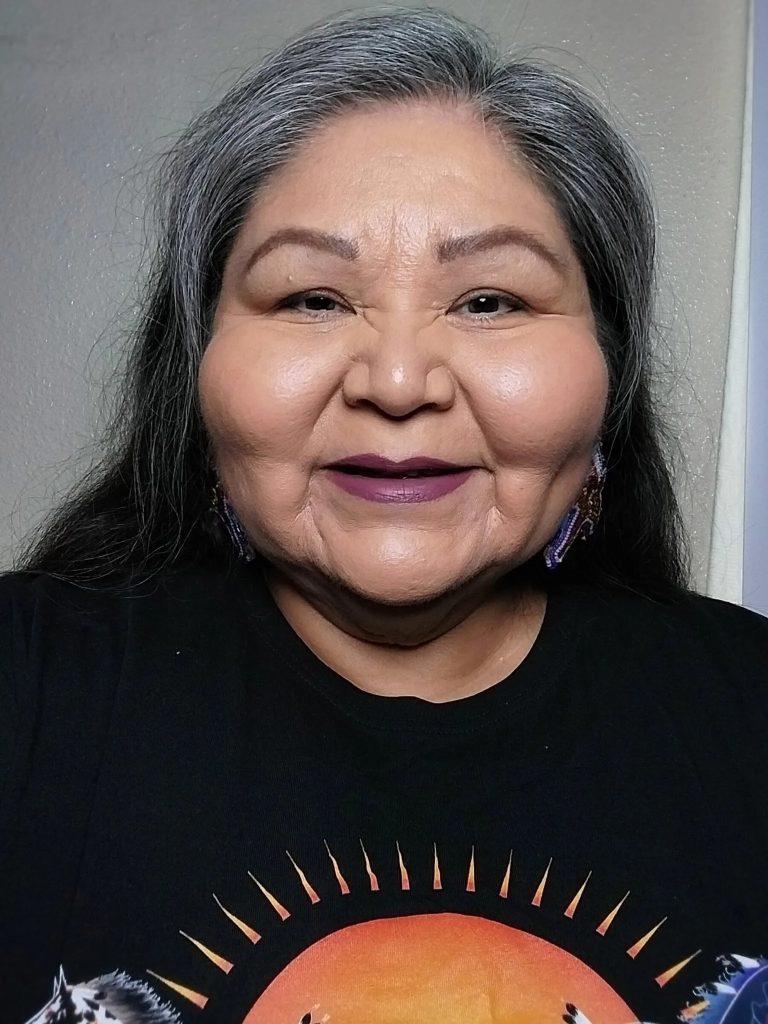Podcast: Play in new window | Download | Embed

Anchor: Antonia Gonzales
The intense manhunt for the prime suspect in a mass stabbing over the weekend in Saskatchewan is over. Myles Sanderson has died.
As Dan Karpenchuk reports, he was facing murder charges linked to the stabbing deaths of ten people and the wounding of at least 18 others.
Most of the victims were from the James Smith Cree Nation about 120 miles northeast of Saskatoon. The community has been on edge and grieving since the stabbings took place early Sunday morning.
One of the suspects, Damien Sanderson, was found dead on the reserve the following day. The other suspect, Myles Sanderson, his brother became the target of a four-day manhunt across the province.
That ended Wednesday afternoon on a highway about 40 miles northeast of Saskatoon near the town of Rosthern.
“Our province is breathing a collective sigh of relief as Myles Sanderson is no longer at large. I can confirm that he is no longer a threat and that there is no risk to the public related to this investigation,” said RCMP Assistant commissioner Rhonda Blackmore.
After multiple tips from the public, officers stopped a stolen pickup truck and arrested Sanderson.
Video shared from the scene showed the truck in a ditch surrounded by police cruisers, with a police helicopter flying overhead.
Blackmore says it was confirmed that the driver of the truck was Myles Sanderson.
“He was arrested by police and taken into custody. Shortly after his arrest he went into medical distress. Nearby EMS were called by police to attend the scene. And he was transported to a hospital in Saskatoon. He was pronounced deceased at the hospital.”
On Wednesday evening, members of the James Smith Cree Nation gathered for the first wake since the attacks and there will be more in coming days.
As for the motive for the attacks, police say there may never be an answer.
![]() The Oceti Sakowin Community Academy has officially opened its doors in Rapid City, SD.
The Oceti Sakowin Community Academy has officially opened its doors in Rapid City, SD.
The move comes just weeks after the public school district’s Lakota Immersion Program shutdown.
South Dakota Public Broadcasting’s C.J. Keene has more.
The first class of academy kindergartners was introduced to teachers Tuesday at the city’s first Indigenous-led and designed school.
NDN Collective, a Rapid City-based Indigenous advocacy organization, founded the academy.
NDN Collective president Nick Tilsen addressed the students.
“To all the little ones you might think – why are all these people here? Why did the drum come? Why did the elected leaders come? Why did all the grandparents come. They came here for one reason. And that’s for you. (Lakota language) It’s for you and for your future.”
The curriculum includes daily lessons in the Lakota language and reflects subjects including environment, identity, culture, sovereignty, and treaties along with general academic subjects.
Mary Bowman works with the NDN Collective education equity team. She has 15 years of education experience in the Rapid City area. She compared the academy’s vision with her own educational background.
“We learned in a very nurturing environment, and I don’t feel like it’s been that way for a long time. That wasn’t my experience in education, I graduated from the Rapid City Area Schools. I think the opportunity to see themselves in what they are learning is a big thing, they’re going to be motivated and engaged.”
Bowman questioned the school district’s efforts to sustain the Rapid City Lakota Immersion Program.
“We want to see our indigenous students do well, and we’re not waiting for somebody to do something. We’re getting out there and doing it. I think that effort was a half-hearted effort, and I think that’s part of the problem.”
Families interested in enrollment can find more information at ocetisakowinacademy.org.
Get National Native News delivered to your inbox daily. Sign up for our newsletter today.


